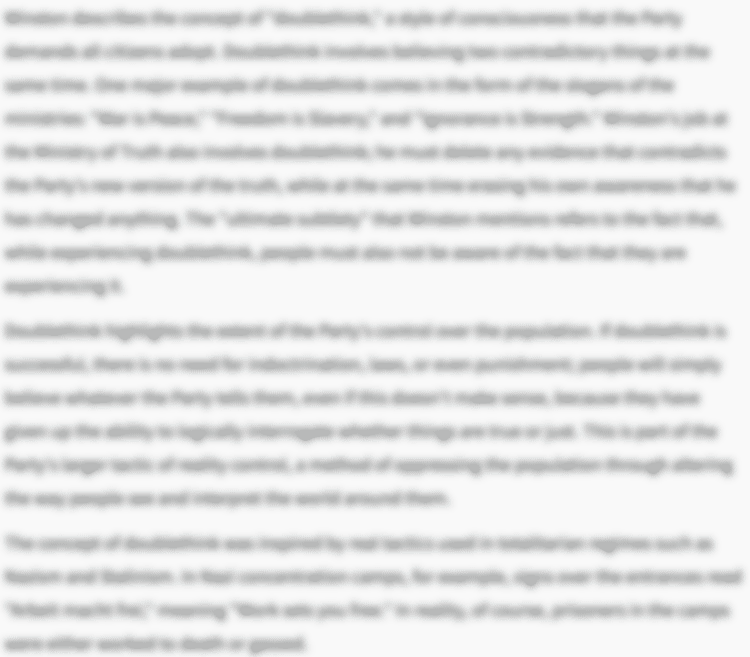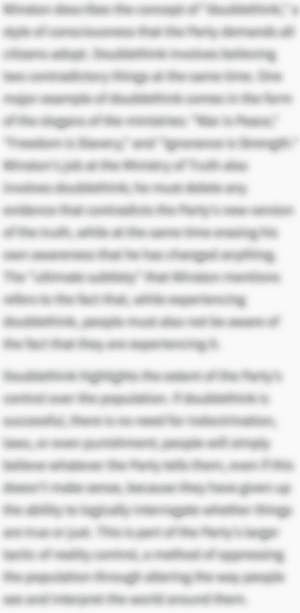The Murphy Baby represents the inevitability of aging and decay. At the beginning and toward the end of “Of White Hairs and Cricket,” the narrator takes note of the Murphy Baby mascot on the old, fading, and curling Murphy Radio calendar that hangs over the crumbled plaster on his family’s dining room wall. The calendar’s age, and the decaying building beneath it, contrast with the Murphy Baby’s eerily enduring innocent, youthful smile. Using the Murphy Radio calendar to cover up the crumbling plaster is just as surface-level a fix for age and decay, similar to how Daddy forces the narrator to pluck the white hairs from his head in an effort to stave off aging. The baby thus represents the idea that everything and everyone deteriorates, regardless of people’s efforts to cheat time or live in the past. It’s eventually revealed that the narrator’s parents submitted their son’s photo to the Murphy Baby contest when he was a baby, because his smile was so innocent and joyful, just like the baby’s smile on the calendar in their dining room. But the narrator thinks to himself that the baby on the calendar is the same age as him now, which again speaks to the unavoidability of aging. The narrator is no longer that joyful, smiling baby—not even the Murphy Baby itself is.
The Murphy Baby Quotes in Of White Hairs and Cricket
By angling the tweezers I could aim the bulb’s light upon various spots on the Murphy Radio calendar: the edges of the picture, worn and turned inward; the threadbare loop of braid sharing the colour of rust with the rusty nail it hung by; a corroded staple clutching twelve thin strips—the perforated residue of months ripped summarily over a decade ago when their days and weeks were played out. The baby’s smile, posed with finger to chin, was all that had fully endured the years. Mummy and Daddy called it so innocent and joyous. That baby would now be the same age as me. The ragged perimeter of the patch of crumbled wall it tried to hide strayed outward from behind, forming a kind of dark and jagged halo around the baby. The picture grew less adequate, daily, as the wall kept losing plaster and the edges continued to curl and tatter.

Unlock explanations and citation info for this and every other Of White Hairs and Cricket quote.
Plus so much more...
Get LitCharts A+









